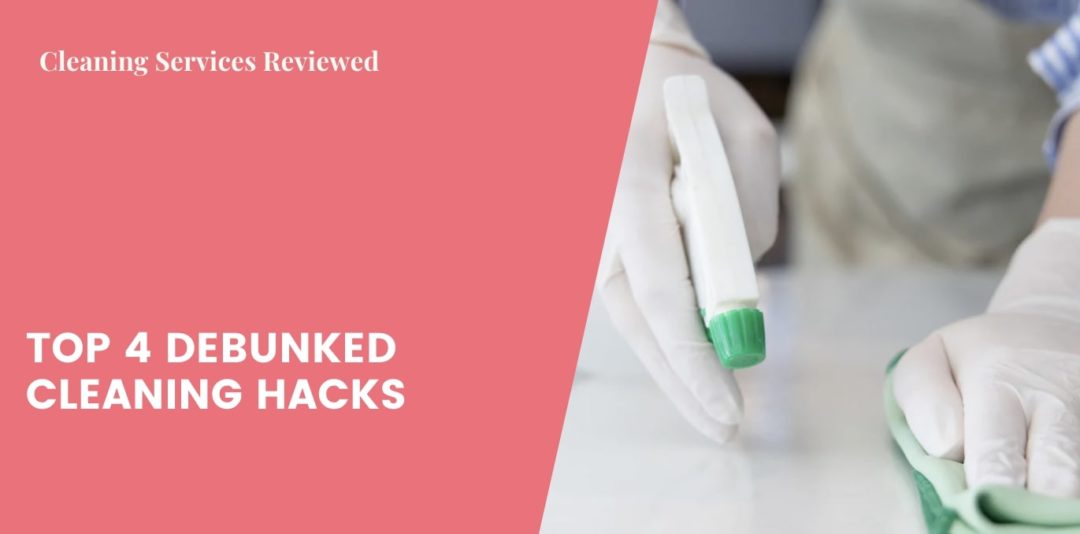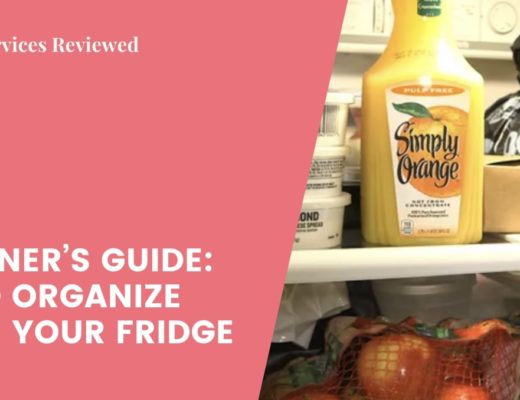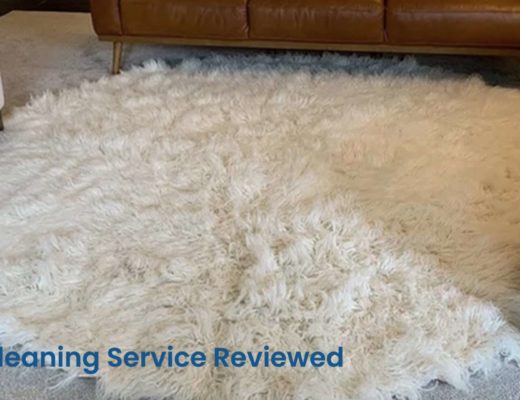Cleaning is often hard and time-consuming to do. It’s not surprising that someone has devised ways to clean equipment or a surface easily and we have somehow picked this up along the way.
The truth is that many of these cleaning shortcuts aren’t effective and can make the problem worse than before. So to keep you cleaning in the right way, we’ve debunked some of the top cleaning hacks that people do with this guide.
Keep scrolling to learn more!
1) Using Soda to Clean a Toilet

We probably got this from washing our laundry. Sodas like Coca-Cola and Dr. Pepper are great at removing grease on fabrics and can be poured into the washer along with the detergent before running a wash cycle.
In the case of a toilet, carbonated drinks are also effective in taking out oil, stains, and even rust. However, they don’t have disinfecting qualities and leave a gooey residue, allowing bacteria to grow.
Rather, you should pour a mild toilet cleaner into the toilet and brush it. Not only will this remove dirt and waste, but it will also eliminate harmful bacteria and viruses so that the toilet is clean to use again.
2) Killing Germs with Warm Water

Warm water from the shower or faucet can only get rid of some germs. So it’s still vital to use disinfectant, say, Lysol or bleach when cleaning the house or presoaking meat in warm water and vinegar or lemon juice and seasoning it before cooking.
However, what can really destroy germs is not warm water but boiling water. This is achieved when the water temperature reaches 100℃—the boiling point.
3) Adding Extra Detergent to Clean Clothes

This seems to be practical but it actually works the other way around. Adding more soap or detergent to your clothing or floor won’t make them any cleaner.
As a matter of fact, they can give the fabric or surface a sticky residue that makes it harder to wash off. In turn, they can draw in more dirt and thus, look drabbier within a shorter time.
If you’d like to give your laundry or floor a more thorough clean, you can just use a homemade solution or special cleaner, but make sure to follow the directions on how to use it for your safety and the best clean results.
4) Cleaning Windows with Newspapers

Cleaning windows using newspapers was great back then, as it removed fingerprints and blurry streaks.
Today, newspapers are printed on thinner paper and easily get wet. So, in using them, your hands can get stained with ink and the paper residues will stay on the window, giving you more cleaning up to do.
Do this instead: spray a solution of dishwashing liquid and water onto your windows and wipe them with a microfibre cloth. After doing that, you can apply a glass cleaner to make the glass look extra clear and shiny!



